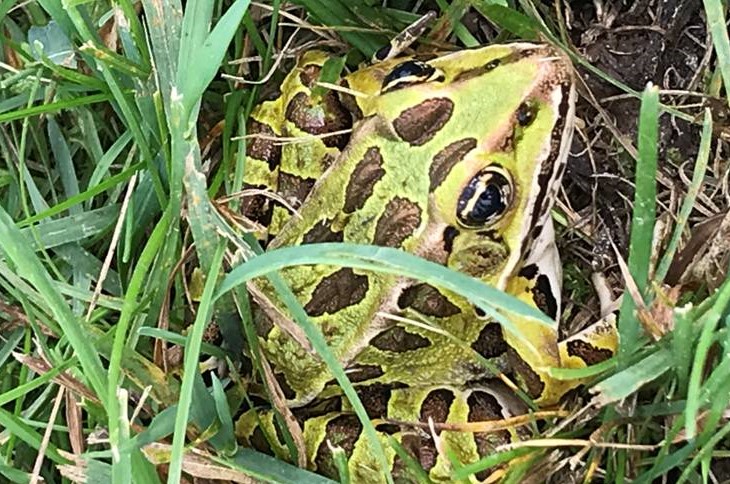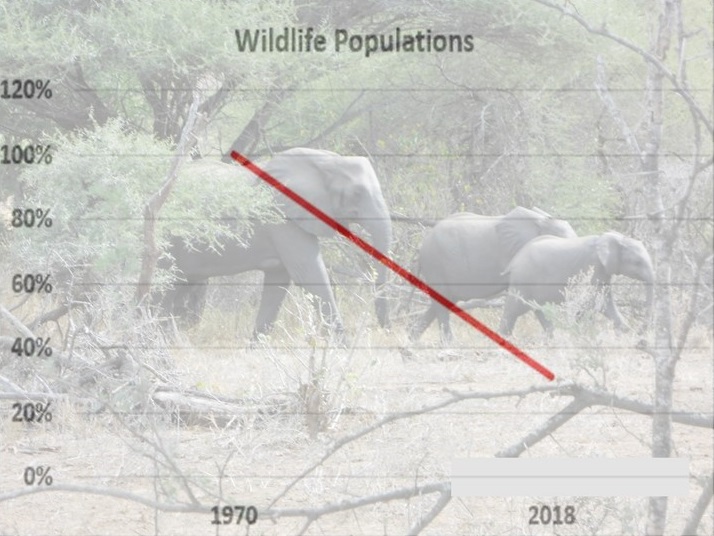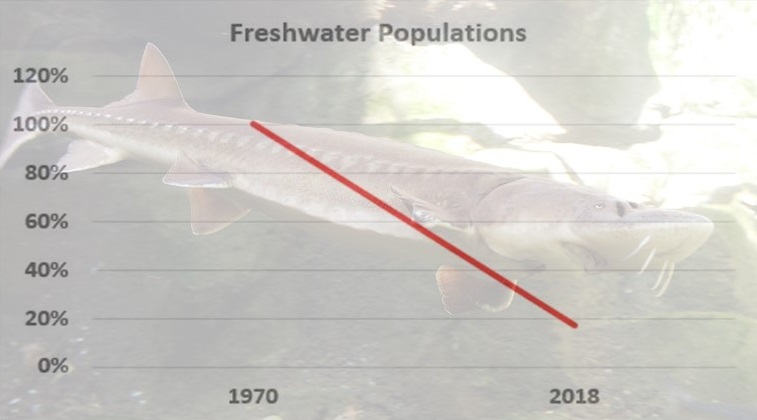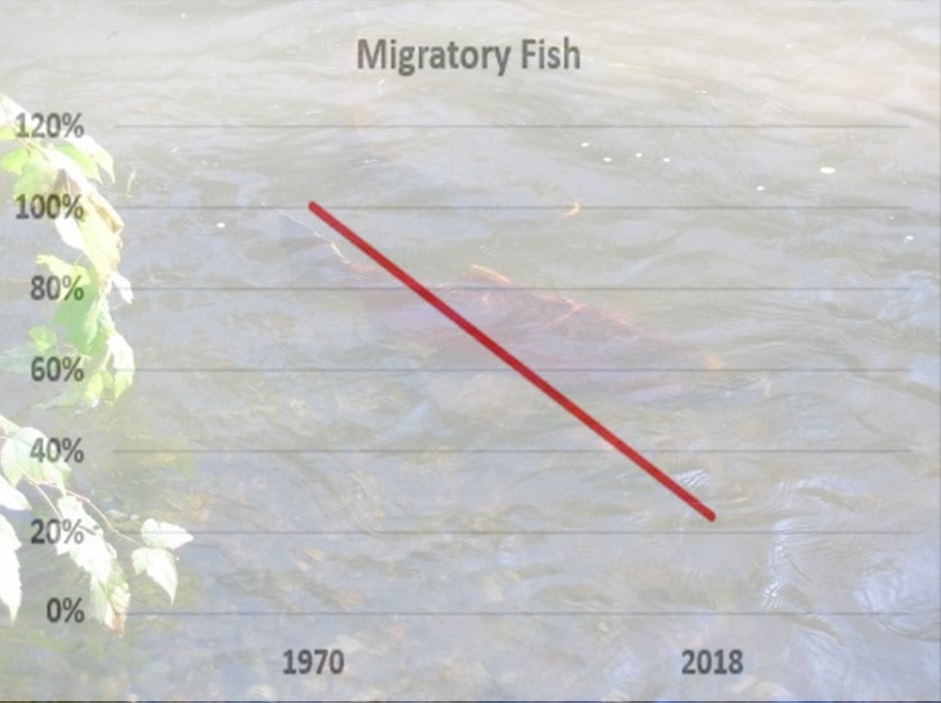Environmental Organizations (NGOs) - Addressing only Symptoms
“If economic growth is the limiting factor to conservation, as Czech suggests, then it doesn’t matter how many streams we clean or how many old growth forest valleys we secure, economic growth will eventually undo all the conservation effort we’ve undertaken.” Neil K. Dawe1.

Two of the early Qualicum Institute Directors, Neil Dawe and Terri Martin, both professional biologists with decades working in conservation recognized that:
“Conventional conservation techniques are not working. Year after year, more habitat and biodiversity gives way to human encroachment despite conservationists’ best efforts.”
As they state in an article they wrote in BC Nature, Fall, 20072:
“We have spent much of our careers working to protect provincial biodiversity. Similarly, BC Nature chronicles the efforts of 4,500 naturalists in 50 BC Nature clubs working tirelessly to do the same, often in a volunteer capacity and sometimes at great personal expense. Yet, evidence suggests that the environmental situation is worsening, not only here in British Columbia but globally: biodiversity is under greater threat today than ever before.”
World Scientists Warning to Humanity: A Second Notice
The threat to global biodiversity is corroborated by the 15,000 plus scientists who signed the “World Scientists Warning to Humanity: A Second Notice”3. In this publication, the scientists state that:
“humanity has failed to make sufficient progress in generally solving these foreseen environmental challenges, and alarmingly, most of them are getting far worse. Especially troubling is the current trajectory of potentially catastrophic climate change due to rising GHGs from burning fossil fuels, deforestation, and agricultural production—particularly from farming ruminants for meat consumption. Moreover, we have unleashed a mass extinction event, the sixth in roughly 540 million years, wherein many current life forms could be annihilated or at least committed to extinction by the end of this century.”
The warning shows that vertebrate species alone have declined by 60% since 1970.
2022 Living Planet Index
The 2022 Living Planet Index4 shows an average 69% decrease in relative abundance of monitored wildlife populations between 1970 and 2018 (ibid p. 32). In the same period, there was an 83% decline in freshwater populations (ibid p. 36) and a 76% decline in migratory fish (ibid p. 37).



How Environmental Organizations Can Unite to Address the Root Cause of Biodiversity Loss
The scientific evidence referenced above identifies economic growth, driven by increasing per capita consumption and population growth, as the root cause of biodiversity loss.
While environmental groups do great work in conservation, restoration and public education, their efforts are merely “stop gaps”, if the root cause of biodiversity loss is not addressed.
To make a long lasting impact, the groups need to “unite to deliver a powerful message that “economic growth is the root cause of biodiversity loss and climate change (from our Environmental Groups Quiz).”
Canadian Revenue Agency (CRA) charity laws allow environmental groups registered as charities to participate in “Public Policy Dialogue and Development Activities.”6
These include:
- Conducting public awareness campaigns
- Researching and discussing results with the media
- Expressing research and evidence-based opinions
- Mobilizing others
- Making representations to elected officials
- Providing forums and convening discussions
- Communicating on social media.
Environmental groups can promote the following messages using the allowed Public Policy Dialogue and Development Activities listed above:
- Continue to protect areas as buffer zones in which various lifeforms will have a better chance of survival.
- Understand more about our local and regional ecosystems, the species that live there, their needs for survival, the ecosystem services they are linked to and how we impact them.
- Incorporate the needs of vegetation, fish, people and other wildlife in our water management policies to ensure there is enough to keep local ecosystems functioning even with projected changes in climate.
- Plan all communities and their populations to lie within the local and regional carrying capacity.
- Move to a sustainable, steady state economy.
Contact us if you’d like help with a presentation to inspire change and action in the only direction that will ensure true ecological, social and economic survivability.
References
1Dawe, N.K., 2006. Economic growth, Our Common Foe.
2Dawe, N.K., Martin, T., 2007. Conservation Strategies – are we only addressing the symptoms?.
3William J. Ripple and others, 2017. World Scientists’ Warning to Humanity: A Second Notice. BioScience, Volume 67, Issue 12, December 2017, Pages 1026–1028.
6Public policy dialogue and development activities by charities.
